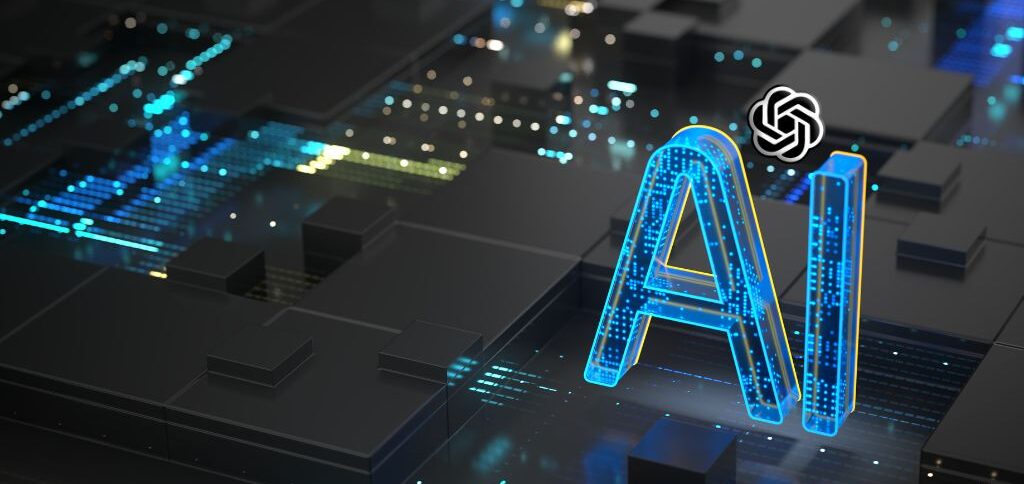Advantages and Disadvantages of ChatGPT
Introduction
Chat GPT, developed by Open AI, is a state-of-the-art language model that utilizes deep learning techniques to generate human-like responses in conversational contexts. While it has gained significant attention for its impressive ability to engage in meaningful conversations, it is essential to critically evaluate its advantages and disadvantages. This article aims to provide a comprehensive analysis of Chat GPT, exploring its strengths and weaknesses across various domains. By examining both sides of the coin, we can better understand the potential impact and limitations of this technology.
Advantages of Chat GPT
Natural Language Understanding
One of the primary advantages of Chat GPT is its ability to comprehend and generate natural language effectively. Through its extensive training on diverse datasets, it has acquired a broad vocabulary and a wide range of syntactic and semantic patterns. This enables Chat GPT to understand and respond to a wide array of user inputs, making it highly versatile in handling different conversation topics. For instance, Chat GPT can engage in discussions about scientific concepts, historical events, or even offer personal advice.
Realistic Conversation Generation
Chat GPT has demonstrated exceptional proficiency in generating responses that closely resemble human conversation. By leveraging its training on large-scale datasets, it has learned to mimic the structure, style, and tone of human language. This makes interactions with Chat GPT more engaging and natural, creating an immersive conversational experience. Users can benefit from this realistic conversation generation in various applications, such as customer support, language learning, or virtual assistants.
Knowledge Expansion
Through its training on vast amounts of text from the internet, Chat GPT has acquired a substantial amount of factual knowledge. This enables it to provide informative responses and answer a wide range of questions. For instance, when asked about historical events, Chat GPT can provide accurate details or even engage in debates on complex topics. This knowledge expansion feature makes Chat GPT a valuable resource for users seeking information across various domains.
Language Translation and Clarification
Chat GPT can assist users in overcoming language barriers by providing translations and clarifications. By utilizing its language understanding capabilities, it can accurately translate sentences from one language to another. For instance, a user can input a sentence in English, and Chat GPT can generate the corresponding translation in Spanish. Additionally, Chat GPT can also clarify ambiguous statements by asking for further details, ensuring smoother communication.
Personalization and Adaptability
Chat GPT can adapt its responses based on user preferences and context, enhancing personalization. By analyzing the conversation history, it can generate tailored responses that align with the user’s style and preferences. This feature enables Chat GPT to become more engaging and relatable, as it can reflect the user’s communication patterns and adapt to their needs. This adaptability also allows Chat GPT to handle different conversational contexts effectively.
Disadvantages of Chat GPT
While Chat GPT offers numerous advantages, it is crucial to acknowledge its limitations and potential drawbacks.
Lack of Conceptual Understanding
Despite its impressive ability to generate coherent responses, Chat GPT often lacks true comprehension of the underlying concepts. It relies heavily on statistical patterns in the training data rather than genuine understanding. This becomes evident when faced with questions that require deep reasoning or critical thinking. Chat GPT may provide plausible-sounding responses that lack substance, potentially leading to misinformation or flawed reasoning.
Sensitivity to Input Phrasing
Chat GPT’s responses can be highly sensitive to slight variations in input phrasing. Even small changes in the wording or structure of a question can result in significantly different answers. This sensitivity is a consequence of the model’s training on vast and diverse datasets, which contain various phrasings for the same query. Consequently, users need to be cautious when formulating questions to ensure accurate and consistent responses.
Propagation of Biases
As Chat GPT learns from internet text, it may inadvertently inherit existing biases present in the data. This can lead to biased responses when dealing with sensitive topics or societal issues. For instance, if Chat GPT is exposed to biased language or discriminatory content during training, it may generate responses that perpetuate or amplify such biases. Addressing this issue requires careful curation of training data and ongoing efforts to mitigate bias in the model’s responses.
Inability to Verify Accuracy
Chat GPT lacks a built-in mechanism to validate the accuracy of the information it generates. While it may provide plausible responses, it cannot guarantee the correctness of the facts presented. Users should exercise caution when relying on Chat GPT for factual information, as it may occasionally produce inaccurate or misleading responses. Fact-checking and cross-referencing with trusted sources remain essential to ensure the reliability of the information obtained from Chat GPT.
Ethical Concerns and Misuse
The availability of powerful language models like Chat GPT raises ethical concerns regarding potential misuse. These models can be exploited to generate malicious content, such as misinformation, hate speech, or spam. Open AI has implemented safety measures to mitigate these risks, but the possibility of misuse remains a concern. Striking a balance between ensuring user safety and enabling creative and productive use of the technology is an ongoing challenge.
Conclusion
Chat GPT, with its natural language understanding, realistic conversation generation, and knowledge expansion capabilities, offers numerous advantages. It can assist users in various domains, from language translation to personal advice. However, it is essential to consider the limitations of Chat GPT, including its lack of true conceptual understanding, sensitivity to input phrasing, potential biases, inability to verify accuracy, and ethical concerns. By understanding both the strengths and weaknesses of Chat GPT, we can navigate its usage effectively and work towards enhancing its benefits while mitigating its drawbacks.







